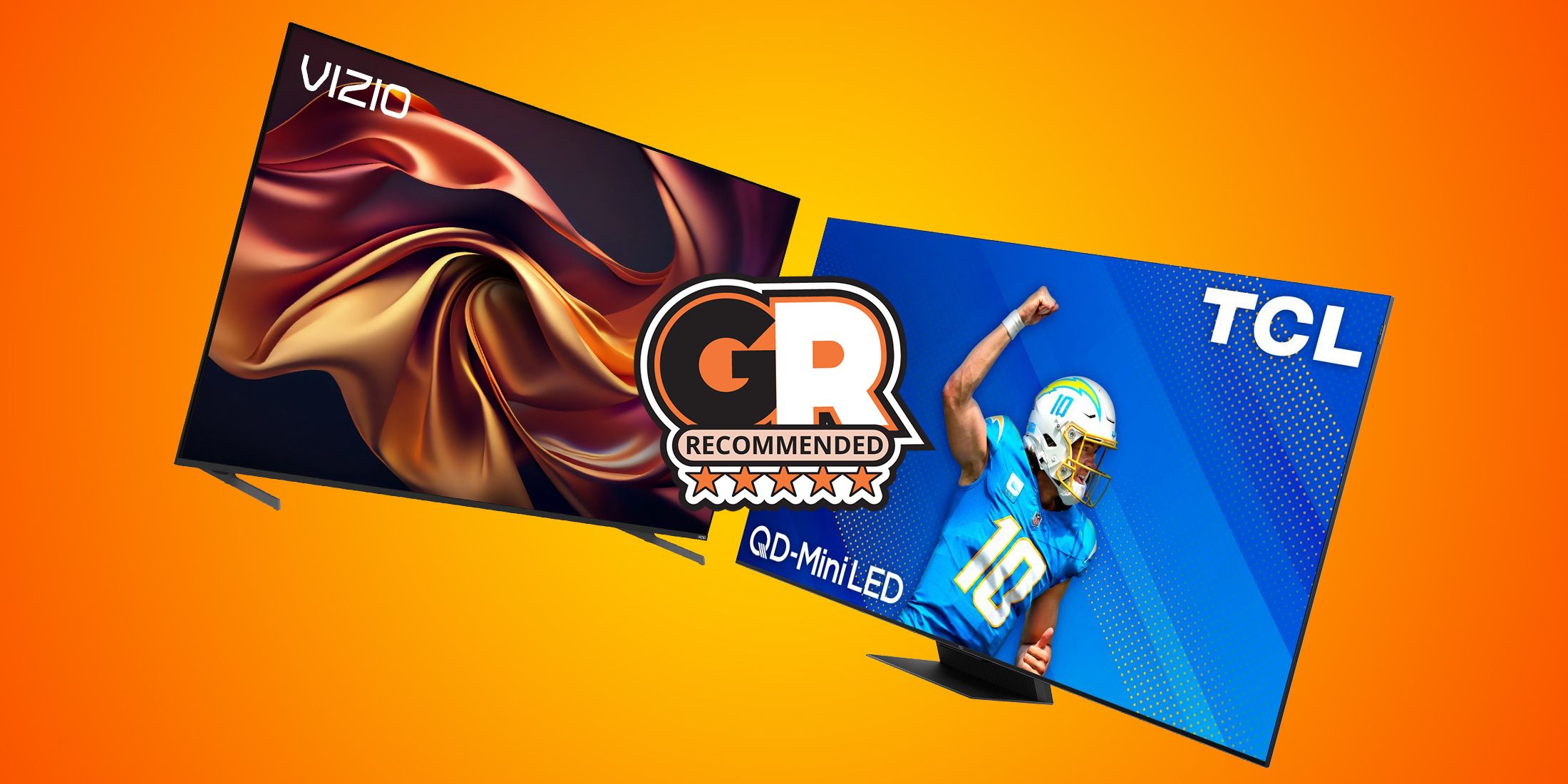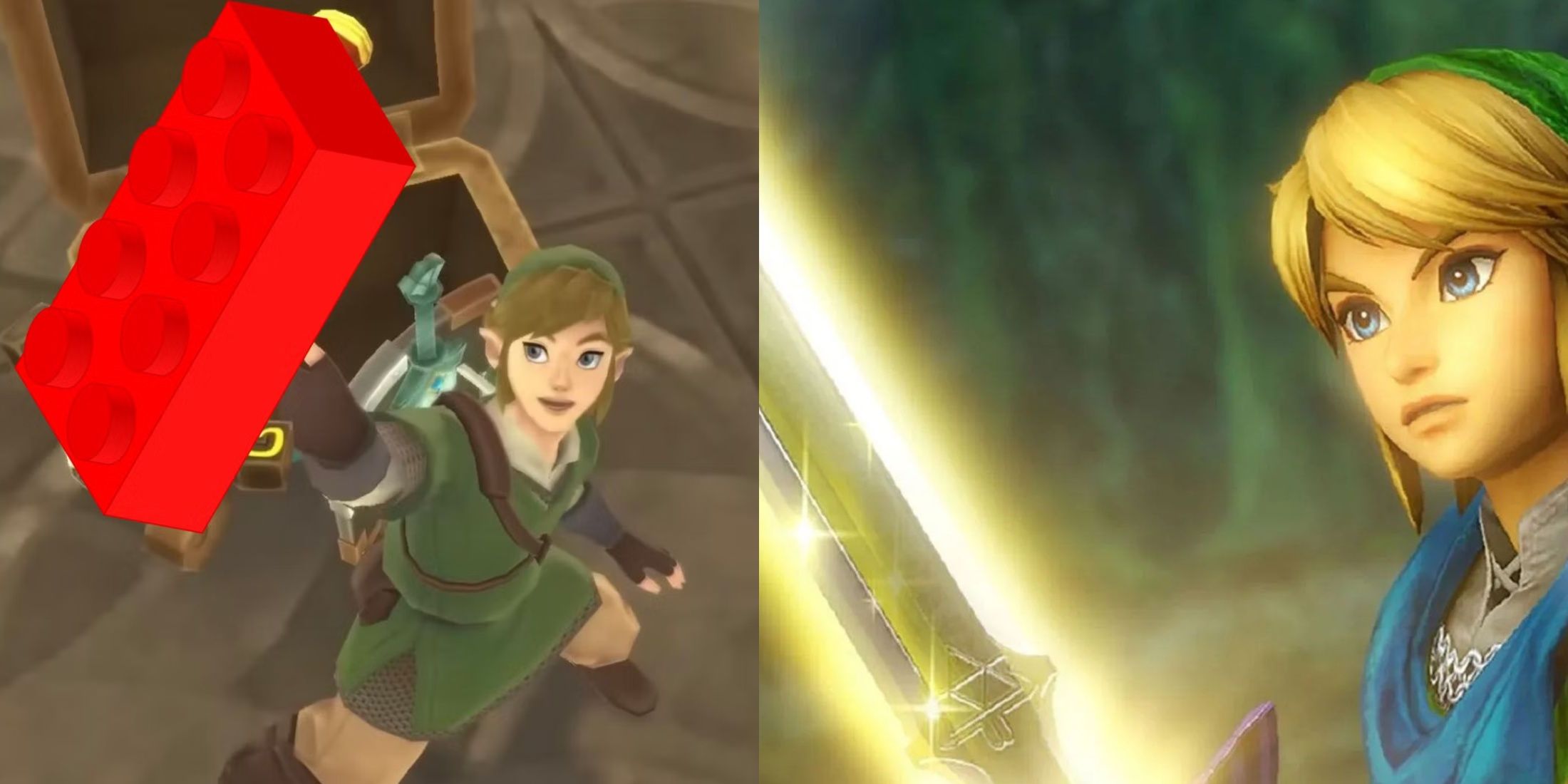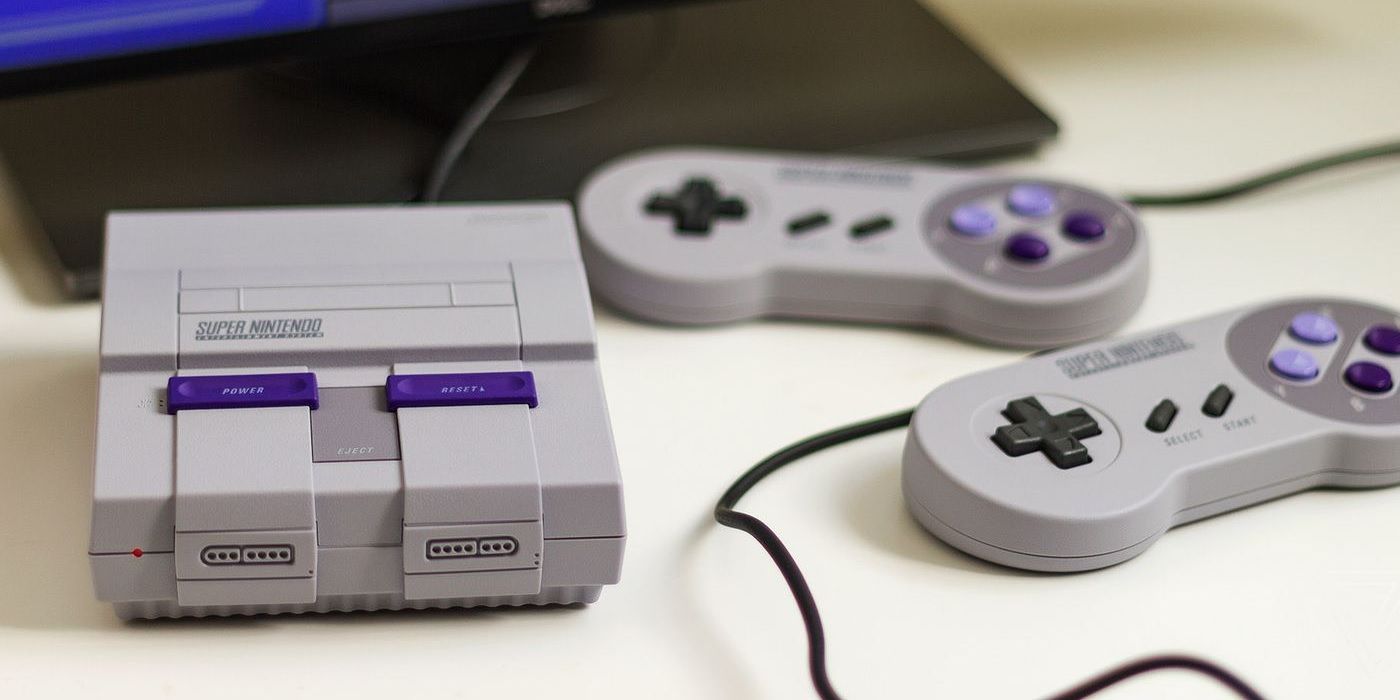The modding community has seemingly done the impossible again and proven that development for both games and hardware is sometimes best done when put in the hands of the players. In a recent case, one modder has built a mod for the original Super Nintendo Entertainment System that allows the 30 year old console to support ray-tracing, a feature that developers have been struggling to push into modern titles as recent as Marvel's Spider Man.
Uploaded to the modder's YouTube channel, Shironeko Labs, the at-home developer has shared not only the results of their progress with this hardware mod, but also a complete breakdown of how this has been achieved. From how the modder describes the process, it has clearly been a rigorous process modifying the classic Nintendo system to run the new SuperRT modification, all started by a little curiosity and an opportunity within the console.
The key to unlocking ray-tracing for the SNES is in the expansion chips that already existed in a number of games, famously used to make titles like Star Fox playable on the old console with SuperFX chips. However, this new raytracing chip takes what those classic games could do and pushes the technology a bit harder than Nintendo ever really would have been able to do in the past. In fact, one of the major walls to overcome in the development process included getting the voltage of the chip that runs at three volts to run properly on the SNES that runs at five volts, which isn't quite as easy of a task as it initially sounds.
In its current state, SuperRT can only really run primitive objects, such as spheres and planes, making even running a title as seemingly primitive as Minecraft with ray-tracing look advanced. That being said, it is capable of meshing together with SNES software, so it could be possible to see a version of Star Fox running with ray tracing on Shironeko Labs' modified system if the modder chooses to continue to that degree. This doesn't seem to be the end of the road for SuperRT, so there might still be very interesting advancements to come on getting the chip functioning well enough to run an established title.
It's amazing to see not only the ingenuity of what fans can do in their spare time, but also what ray-tracing can do to improve the graphics from a three decade old machine from five console generations ago. The SuperRT is even able to make inverted reflective surfaces that behave naturally and in real time, a feat that wouldn't be perfected for years after the SNES first launched. Putting everything that this mod is able to do on a classic system together, it becomes all the more understandable why developers want to get ray-tracing in games like Spider Man: Miles Morales and other Next-Gen titles.




